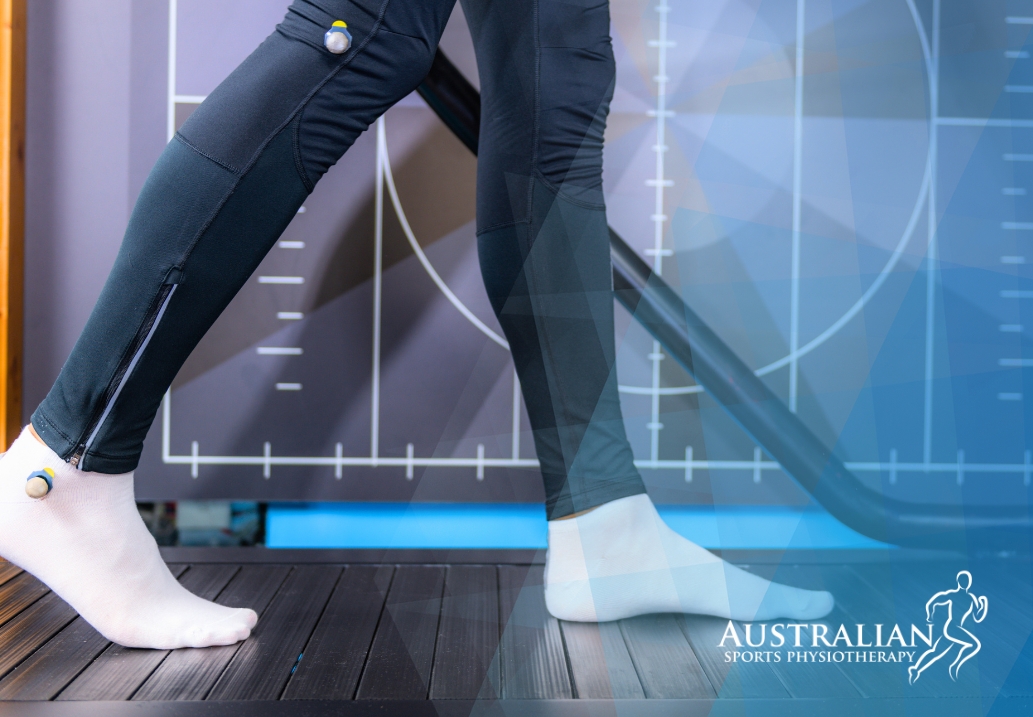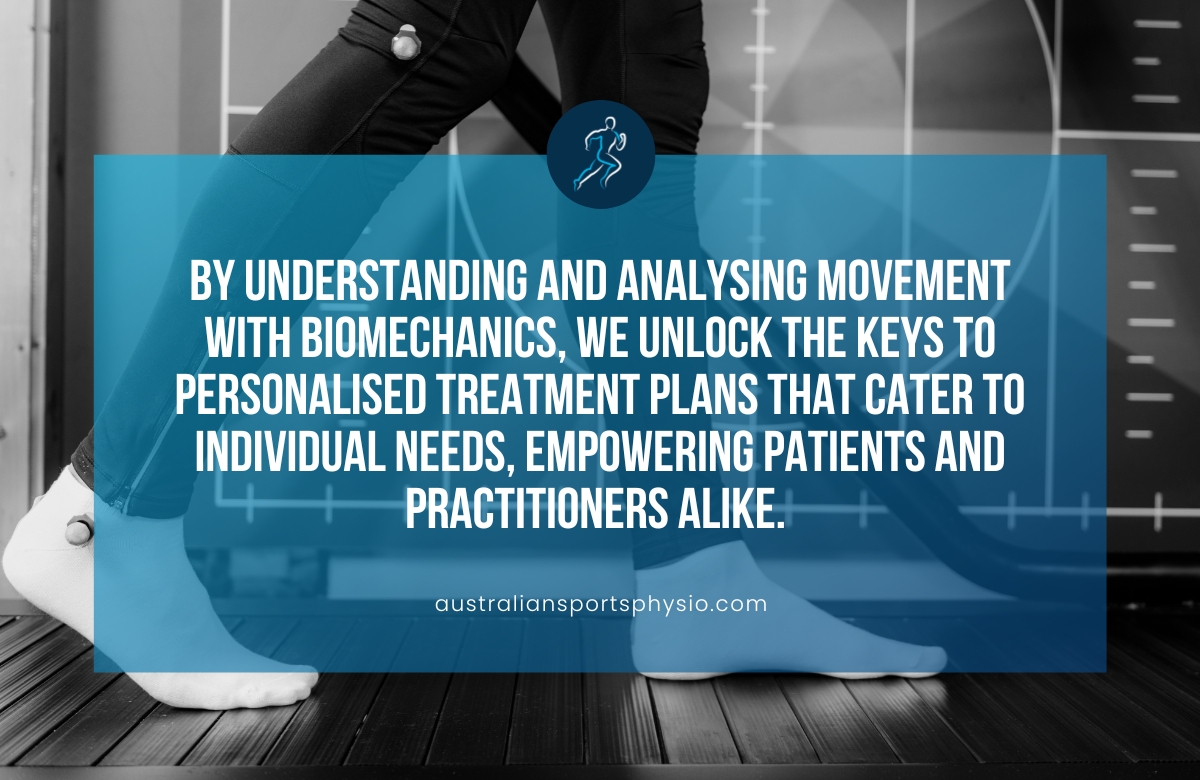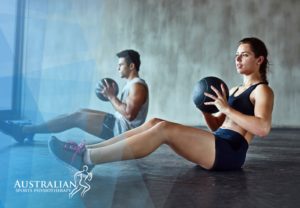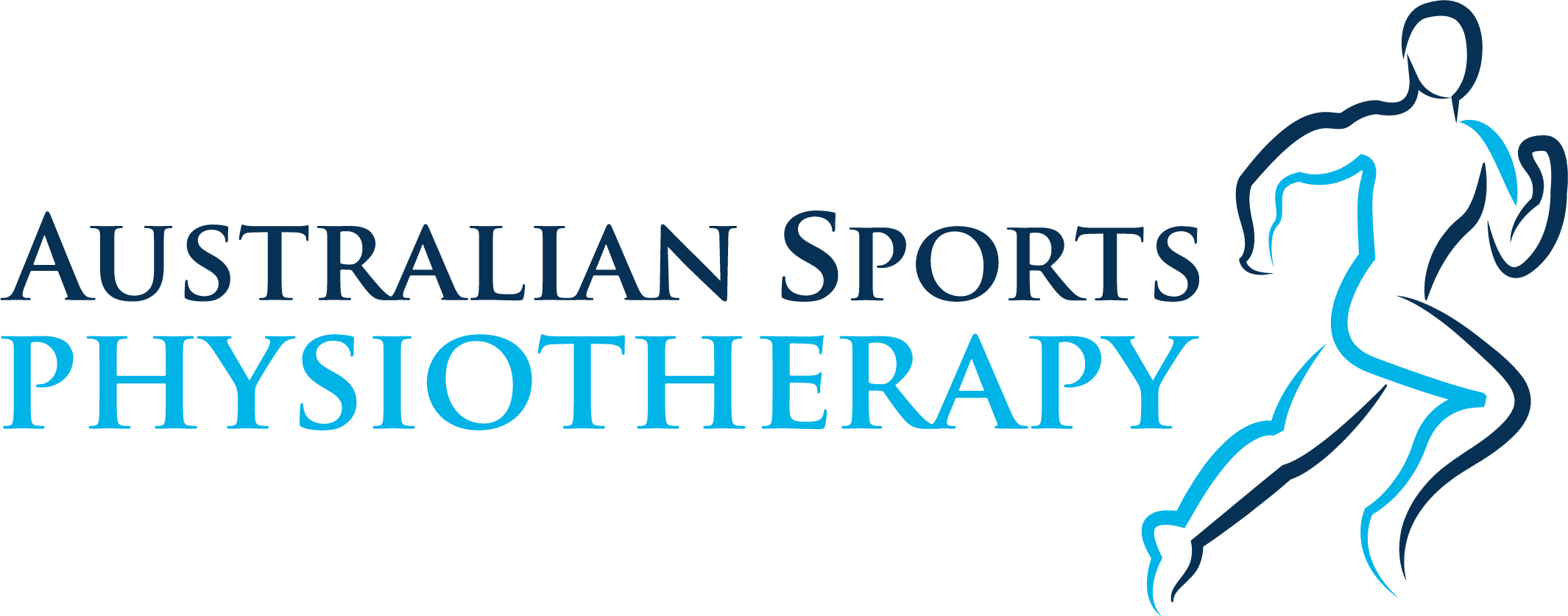Have you ever wondered why some injuries linger despite following conventional treatment plans? Could the key to your recovery lie in the intricate analysis of your movement? The answer might surprise you.
The importance of biomechanics in physiotherapy cannot be overstated. This field, which examines the mechanics of human movement, plays a crucial role in identifying the underlying causes of pain and injury. With an ever-increasing understanding of how our bodies move, physiotherapists now have the tools to address the root causes of dysfunction.
Physiotherapists use biomechanical principles to assess individual movement patterns and create tailored rehabilitation programs that optimise recovery and enhance performance. Whether recovering from an injury, managing a chronic condition, or seeking to improve athletic abilities, understanding biomechanics can lead to better outcomes.
What is biomechanics?
Biomechanics is the study of the structure and function of living organisms, especially how they move. It combines the principles of biology and mechanics to analyse the forces and motion involved in biological systems. This can include the movement of individual cells, organs, or entire organisms.
Biomechanics is a complex and interdisciplinary field that involves a variety of techniques, such as:
- Kinematic analysis: Measuring position, velocity, and acceleration of body parts.
- Kinetic analysis: Measuring the forces acting on the body.
- Muscle physiology: Studying the properties of muscles and how they contract.
- Biomaterials: Developing materials that can be used to replace or repair biological tissues.
- Computational modelling: Using computer simulations to study the biomechanics of complex systems.
Biomechanics in physiotherapy
Physiotherapists can identify the root causes of pain, dysfunction, and injury by analysing human movement. This knowledge can then be applied to develop effective treatment plans that promote healing, improve mobility, and enhance overall quality of life.
Biomechanical analysis involves breaking down movement into its component parts, such as joint angles, muscle activations, and force production. Physiotherapists use various tools and techniques to assess a patient’s movement patterns, including:
- Visual observation: Observing a patient’s movement can reveal abnormalities, such as gait deviations or postural imbalances.
- Gait analysis: Analysing a patient’s walking pattern can identify biomechanical factors that may contribute to pain or injury.
- Range of motion assessments: Measuring a joint’s ability to move through its full range of motion can help identify limitations or stiffness.
- Strength testing: Assessing muscle strength can help determine if weakness contributes to dysfunction.
- Biomechanical analysis tools: Specialised equipment, such as force plates or motion capture systems, can provide quantitative data on movement patterns.
Common applications of biomechanics in physiotherapy
Biomechanics is applied in various areas of physiotherapy, including:
1. Gait analysis
This involves studying how a person walks to identify abnormalities contributing to pain or dysfunction. For example, a leg length discrepancy or abnormal foot mechanics can lead to compensatory movements that strain other joints.
2. Postural analysis
This involves assessing a person’s posture to identify deviations causing pain or discomfort. Poor posture can lead to muscle imbalances and joint strain.
3. Sports injury rehabilitation
Biomechanics plays a vital role in the rehabilitation of sports injuries. By understanding the biomechanical factors causing the injury, physiotherapists can develop targeted exercises and techniques to prevent re-injury and restore function.
4. Chronic pain management
Biomechanics can help identify the underlying causes of chronic pain, such as muscle imbalances, joint dysfunction, or poor posture. By addressing these underlying issues, physiotherapists can help reduce pain and improve function.
Physiotherapy treatment based on biomechanical principles
Once a patient’s biomechanical issues have been identified, physiotherapists can develop tailored treatment plans that address the underlying causes of their problems. This may involve:
- Exercise therapy: Prescribing specific exercises to strengthen weak muscles, improve flexibility, and correct faulty movement patterns.
- Manual therapy: Using techniques such as massage, mobilisation, and manipulation to improve joint mobility and reduce pain.
- Modalities: Employing modalities such as heat and ice to manage pain and inflammation.
- Orthotics or braces: Prescribing custom-made devices to support or correct biomechanical abnormalities.
- Education and advice: Providing patients with education on proper body mechanics and lifestyle modifications to prevent future problems.
Benefits of biomechanics in physiotherapy
By incorporating biomechanical principles into their practice, physiotherapists can:
- Improve diagnosis: Accurately identify the root causes of pain and dysfunction.
- Develop effective treatment plans: Tailor treatment to address specific biomechanical issues.
- Enhance patient outcomes: Achieve better results in terms of pain reduction, functional improvement, and overall quality of life.
- Prevent future injuries: Help patients adopt healthier movement patterns and lifestyle habits reducing the risk of re-injury.
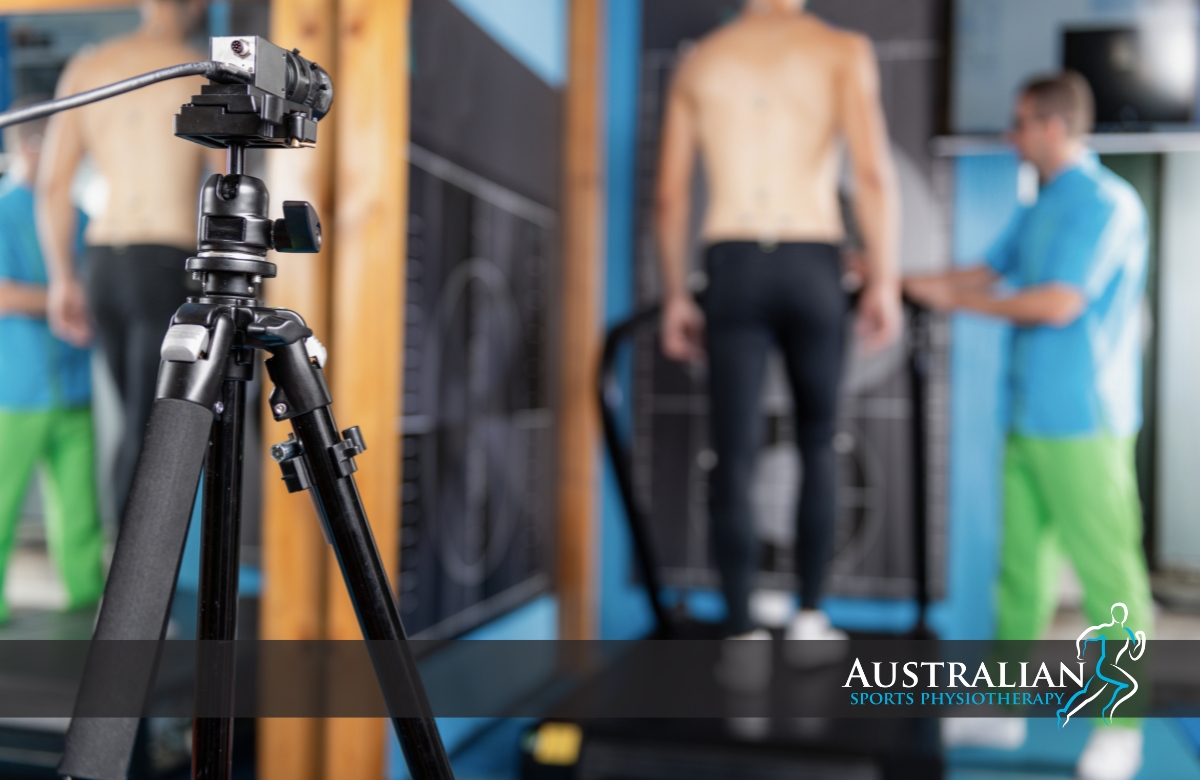
Final thoughts
Embracing biomechanics in physiotherapy is not just a scientific endeavour; it’s a transformative approach that can lead to remarkable recovery and improved quality of life.
By understanding and analysing movement, we unlock the keys to personalised treatment plans that cater to individual needs, empowering patients and practitioners alike.
Book an appointment with one of our experienced physiotherapists today for a comprehensive assessment and customised treatment plan.

